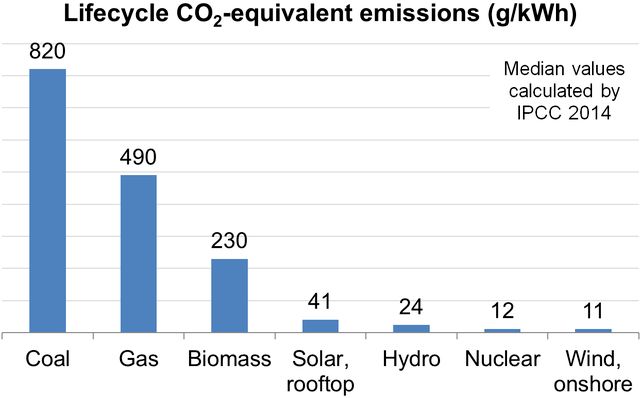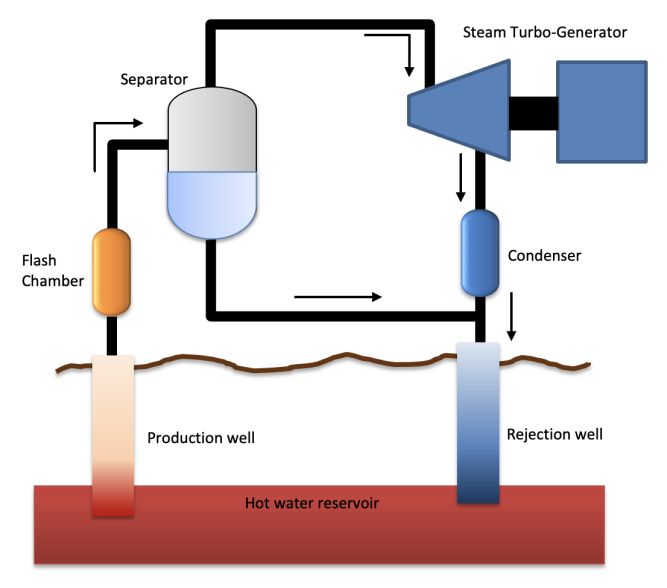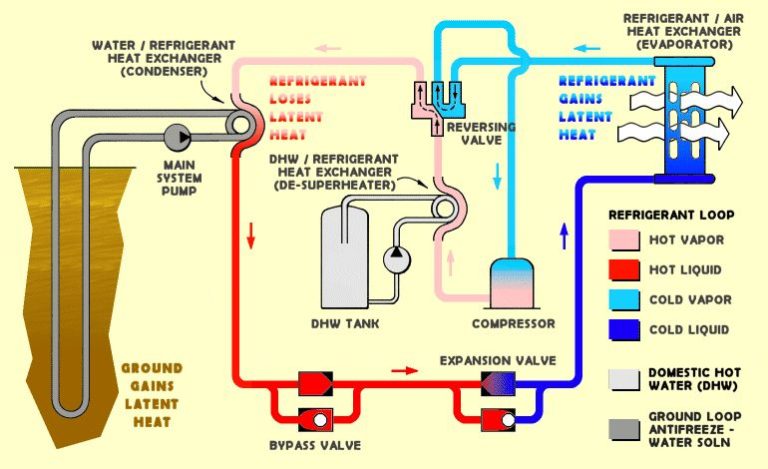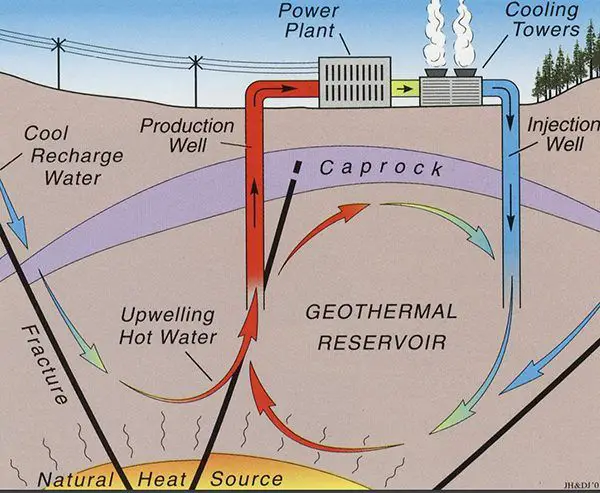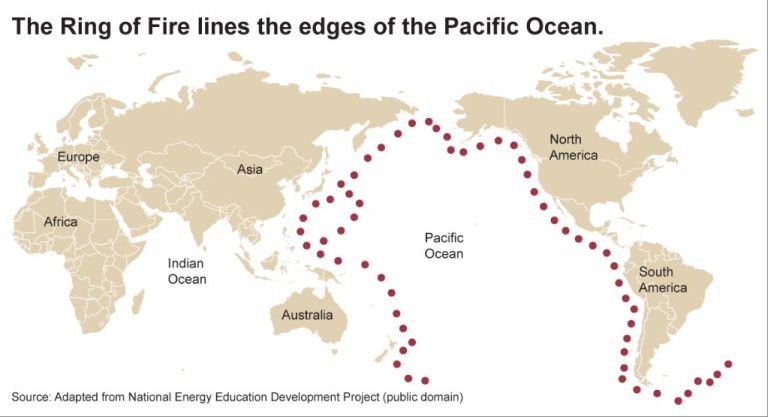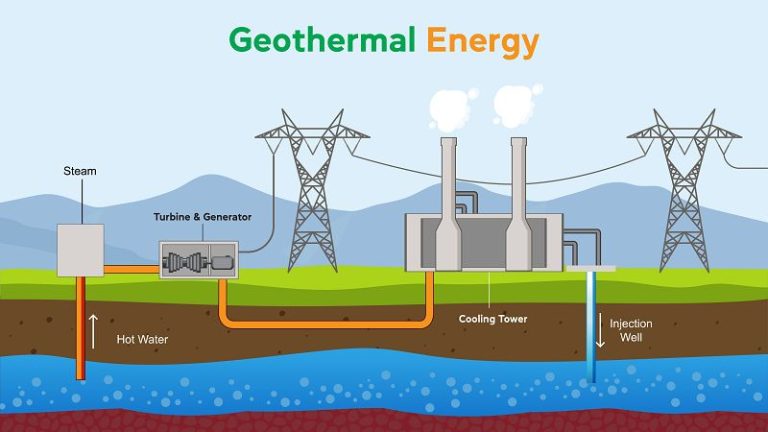What Is Iceland’S Biggest Energy Source?
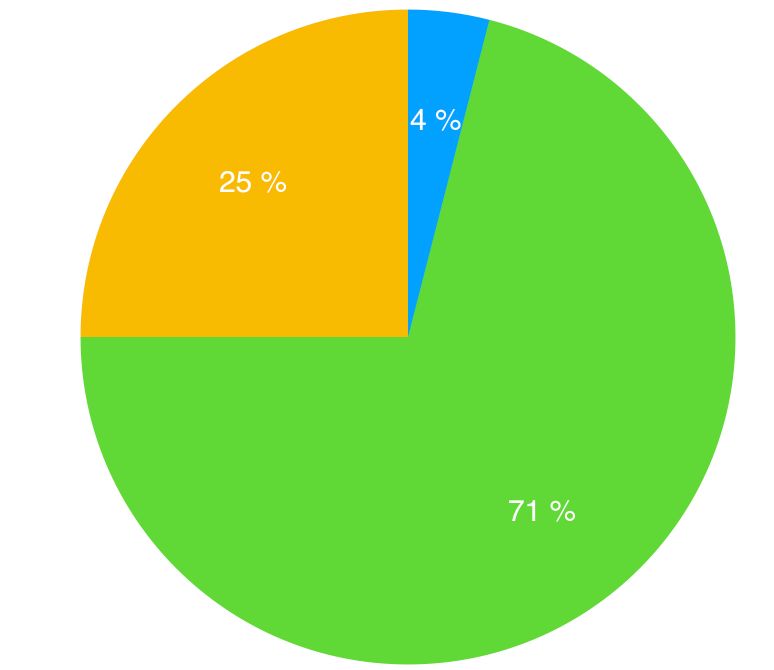
Iceland is a country that is blessed with abundant renewable energy sources. The island nation generates over 99% of its electricity from renewable sources, primarily hydropower and geothermal energy. Identifying Iceland’s biggest energy source provides insight into the country’s energy makeup and approach to sustainability.
As an island isolated in the North Atlantic Ocean, Iceland has had to develop energy self-sufficiency. The country has taken advantage of its natural resources and now ranks among the world’s top users of renewable energy. Understanding where Iceland’s energy comes from is key to appreciating its energy strategy and environmental stewardship.
Geothermal Energy
Geothermal energy is heat derived from the earth’s interior. Iceland is located on the Mid-Atlantic Ridge, where two tectonic plates are drifting apart. This geological activity produces high temperatures close to the surface, providing abundant and inexpensive heating for homes and buildings across Iceland.
Geothermal energy supplies over 70% of Iceland’s primary energy and heats around 85% of Iceland’s homes, according to the Government of Iceland [1]. All of Reykjavik, Iceland’s capital, is heated by geothermal power plants. The hot water is pumped directly to homes, businesses, swimming pools, and more through an extensive district heating system. Iceland is the world’s largest consumer of geothermal energy per capita.
Most of Iceland’s geothermal energy comes from hydrothermal resources where naturally occurring steam and hot water provide the heat. Geothermal plants tap into underground reservoirs, capture the steam, and use it to drive turbine generators. The geothermal fields are mainly located in southwest Iceland in an active volcanic zone producing high temperature resources.
Hydropower in Iceland
Hydropower plays an important role in Iceland’s renewable energy mix. Around 75% of Iceland’s electricity comes from hydropower sources (Green by Iceland). Major hydropower projects in Iceland include the Kárahnjúkar plant in east Iceland, which has an installed capacity of 690 MW and generates approximately 4,500 GWh annually (Government.is). Other large hydropower plants include Búrfell (270 MW), Sigalda (150 MW), and Blönduós (120 MW). In total, Iceland has around 20 hydropower plants with capacities over 10 MW. The country’s hydropower capacity has grown steadily over the past decade, reaching around 2,100 MW in 2022 (Statista). This growth in hydropower capacity has been an important factor enabling Iceland to move towards 100% renewable electricity generation.
Fossil Fuels
Iceland has very limited fossil fuel reserves and resources. The country produces no fossil fuels and hence imports all of its petroleum products, which are mostly consumed in the transport and fishing sectors, according to the OECD (source). In 2019, fossil fuels accounted for just 16.8% of Iceland’s total energy consumption, down from 26% in 2009, according to World Bank data (source). The Icelandic government reports that renewable sources provided almost 100% of electricity production in 2015, with fossil fuels supplying less than 1% (source). Iceland has focused on growing its renewable energy sources due to its lack of domestic fossil fuel resources.
Renewable Energy Growth
Over the past several decades, Iceland has rapidly grown its renewable energy production. In 1990, only about 50% of Iceland’s total primary energy supply came from renewable sources like hydropower and geothermal. By 2000, that number had grown to around 70% according to the Government of Iceland. In the last 20 years, Iceland’s renewable energy share has continued to expand. Today, renewable sources account for more than 90% of Iceland’s total energy consumption according to a report.
The largest source of renewable energy in Iceland is hydropower, followed by geothermal. Iceland has increased its hydropower capacity significantly since the 1990s through major projects like the Kárahnjúkar hydropower plant which began operating in 2007. Geothermal capacity has also grown steadily over the past 30 years as Iceland has continued to develop its abundant geothermal resources.
Iceland has set a target to source 100% of its energy from renewable sources like hydropower and geothermal by 2050. With around 75% of energy already coming from renewable sources as of 2018, the country is on track to achieve this ambitious goal within the next few decades.
Energy Consumption
Iceland has unique energy consumption patterns compared to most other countries, largely due to its cold climate, energy-intensive industries, and extensive use of renewable energy. According to the IEA, the largest energy-consuming sector in Iceland is industry, accounting for 71% of final energy consumption in 2018 (IEA). The manufacturing industry utilizes about 66% of industrial energy, especially for aluminum and ferroalloy smelting which are electricity-intensive processes. After industry, the transport sector accounted for 19% and the residential sector 10% in 2018.
Household energy consumption is primarily for space heating, due to Iceland’s cold winters. Around 90% of households are heated with geothermal district heating systems (Nordic Energy). Only about 3% of households use oil for heating. Solar and geothermal provide 100% of the hot water used by households.
Energy use per capita is exceptionally high in Iceland compared to other European countries, with 55,000 kWh per person annually (Government of Iceland). This can be attributed to energy-intensive industry and cold winters requiring substantial heating. Despite the high per capita consumption, over 70% of Iceland’s energy comes from renewable sources.
Geothermal Leads
Geothermal energy is Iceland’s largest energy source, accounting for approximately 85% of the country’s total primary energy supply according to the Icelandic government (https://www.government.is/topics/business-and-industry/energy/). In 2022, geothermal sources generated 14.5 TWh of electricity in Iceland, making up 71.9% of total electricity generation according to statistics from Statista (https://www.statista.com/statistics/1192014/iceland-electricity-generation-by-source/). Iceland generates over 99% of its electricity from renewable sources, with geothermal comprising about 20% according to Wikipedia (https://en.wikipedia.org/wiki/Energy_in_Iceland). The country’s unique geology with abundant hot springs and volcanically active regions make it highly suitable for harnessing geothermal energy. With most of its energy needs met by geothermal, Iceland is a model for clean and sustainable power.
Environmental Benefits
Iceland’s heavy reliance on renewable energy sources like geothermal and hydropower provides substantial environmental benefits compared to fossil fuels like oil and coal. According to the Icelandic government, renewable energy provided almost 100% of electricity production as of 2018, with about 73% coming from hydropower and 27% from geothermal power (Source). This clean energy mix helps Iceland maintain excellent air and water quality with low pollution levels.
Specifically, Iceland’s geothermal energy production emits far less greenhouse gases than fossil fuel-based energy. The UN notes that geothermal power stations release just 3-5% of the carbon dioxide emissions of conventional coal-fired plants (Source). This has allowed Iceland to develop a low-carbon economy and reduce its dependency on imported coal and oil for power generation. According to the OECD, Iceland’s per capita greenhouse gas emissions are about 60% lower than the OECD average (Source).
Moreover, Iceland’s abundant geothermal resources provide direct heating to around 90% of its homes. This direct use of geothermal energy for heating eliminates numerous emissions associated with burning fossil fuels for heat. Overall, Iceland’s transition to renewable sources has allowed it to preserve its natural landscapes and position itself as an environmental leader.
Future Outlook
Iceland aims to transition to 100% renewable energy sources by 2050, with a focus on geothermal and hydropower, as outlined in the government’s report “A Sustainable Energy Future” (source). This transition will require optimizing current geothermal plants, building new plants, and continued research into enhanced geothermal systems (EGS) to utilize geothermal energy more efficiently.
Hydropower capacity is also expected to expand, through new large-scale projects as well as micro hydropower plants. Iceland’s abundant renewable resources provide a stable long-term energy supply amid global climate change. However, growth in electricity demand, especially due to data centers and electrolytic hydrogen production, must be balanced with sustainable capacity increases.
Iceland aims to utilize renewable electricity to produce carbon-neutral synthetic fuels for ships and planes. With abundant land and renewable energy, Iceland could become a major green hydrogen exporter. However, infrastructure investments are needed. Iceland’s strategic location, educated workforce and renewable resources provide opportunities amid the global energy transition.
Conclusion
In summary, Iceland has made great strides in developing renewable energy sources, particularly geothermal energy. Though hydropower and fossil fuels played an important historical role, geothermal is now considered Iceland’s biggest energy source. Today, geothermal supplies over 66% of Iceland’s primary energy, with the rest met by hydropower (around 20%) and fossil fuels (around 14%). This transition was driven by rising oil prices in the 1970s, and has led to impressive results – almost 100% of Iceland’s electricity and 86% of its primary energy now comes from domestic renewable sources.
The abundance of geothermal energy in Iceland, due to its unique geology with ample subsurface heat, allowed this renewable resource to become the country’s dominant energy source. Tapping into geothermal has provided substantial environmental benefits as well. Iceland went from importing nearly all its energy to achieving energy independence. The switch from fossil fuels to geothermal has reduced Iceland’s carbon emissions and improved air quality. With further geothermal developments planned, Iceland provides a model for sustainable energy usage based on the effective utilization of available domestic renewable resources.

